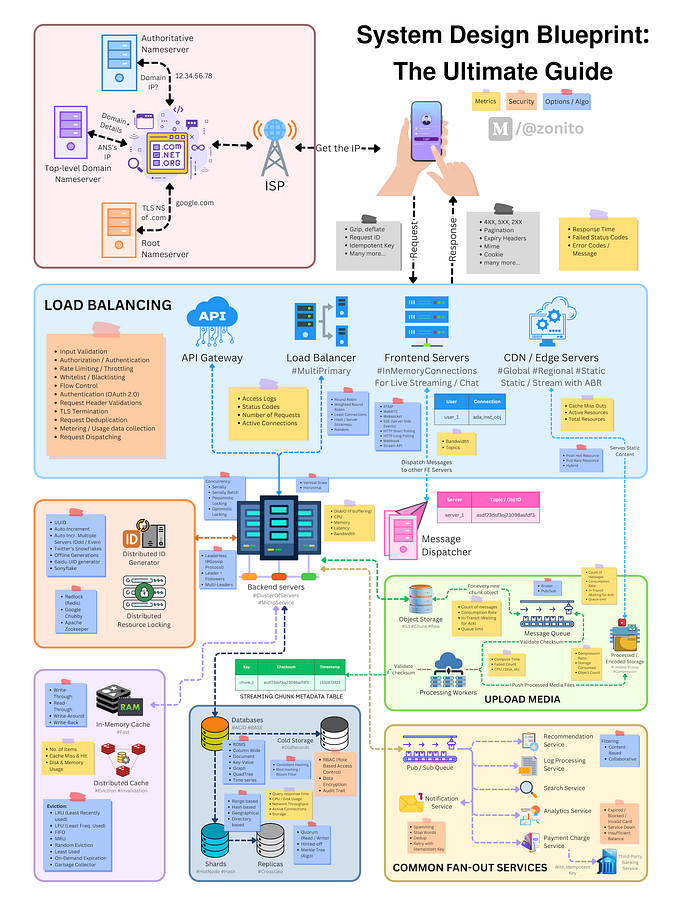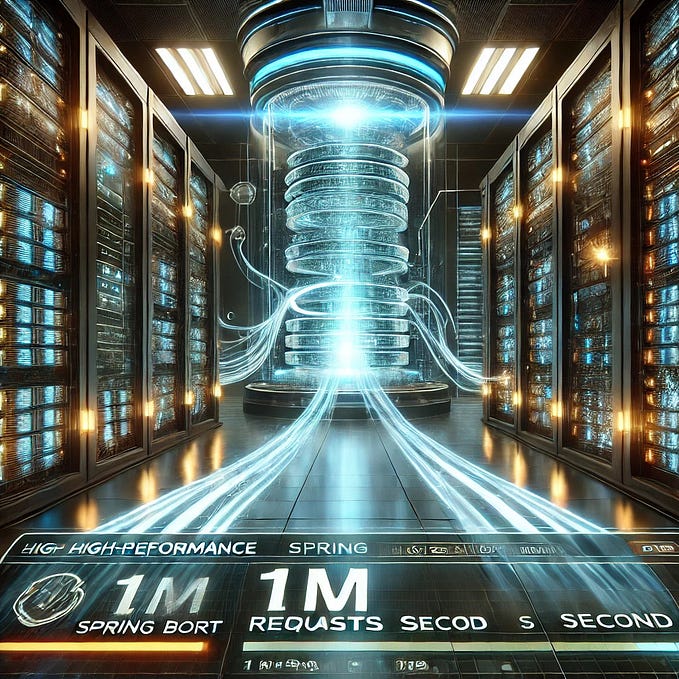Apache Cassandra vs. MongoDB Database — Which One’s for You?

Relational databases work fine as long as the data is structured and well-defined. However, modern businesses need NoSQL databases to handle non-relational and unstructured data that is not clearly defined.
MongoDB and Apache Cassandra are NoSQL databases, i.e., they don’t require schemas to store large chunks of data. However, although both are non-relational in nature, they have their fair share of differences. It is important to know how both differ to decide what suits your company or needs the best.
Cassandra vs. MongoDB
Let’s review in detail what aspects of MongoDB and Cassandra deviate from each other. The comparison will be drawn along the lines summarized in the table below.

Architecture & Scalability
Cassandra database works according to a ring-based masterless replication model. You can connect as many nodes to the system as you like. If a node fails, the entire system does not come to a halt; it keeps on functioning. Also, different nodes in Apache Cassandra gossip with one other. Gossiping protocol means sharing updates and data. In this way, by allowing multiple master nodes in the system, Cassandra provides matchless scalability to its users.
MongoDB, on the other hand, introduces increased data accessibility by ensuring load sharing both horizontally and vertically. It also allows a large number of nodes to connect to the cluster. But it does not match the scalability of Cassandra. MongoDB database supports a Master-slave architecture, in which there is only one primary node, i.e., the Master. If the Master node goes down, another node is made the Master in the system. But this takes time and can cause unpleasant downtime.
Query Language
Apache Cassandra uses a specific query language of its own called CQL (Cassandra Query Language). Although its syntax resembles SQL, both are not that similar. MongoDB, contrary to that, does not support a query language. Instead, it utilizes JSON fragments and a query API called MQL to support querying.
Data Model
Data is stored in a column tabular form in the Apache Cassandra database. One can generate as many columns as needed within the rows. Moreover, identifiers can be used to segregate the data. These identifiers are known as primary keys.
In MongoDB, the data is stored in document form. These documents can contain nested data and are grouped in collections. In addition, MongoDB uses BSON, a binary format, to hold data in its system. This database can store many types of data due to its flexible structure.
Programming Languages
Apache Cassandra supports programming languages likes C#, C++, JavaScript, PHP, Python, Scala, Ruby, Perl, Go, etc.
MongoDB supports a wider variety of programming languages than Mongo does. Some of these languages are C, C#, C++, JavaScript, PHP, Python, Scala, Perl, PowerShell, Ruby, Prolog, Haskell, Groovy, etc.
Schema
Apache Cassandra demands that you define the schemas before you start adding data into the database. However, it does afford a level of flexibility by allowing the users to relocate columns within the column families.
MongoDB doesn’t require schemas as mandatory. It is flexible in that it gives the user a choice to introduce schemas or not. One can also make schemas while one is pouring data into the database. Moreover, MongoDB does not require that all documents be the same in a given collection.
Security
Apache Cassandra puts in place a role-based access control functionality. It supports client-to-node and nod-to-nose transport security as well. Cassandra has also recently introduced a tracking system for auditing purposes.
MongoDB’s security features can be regarded as advanced ones. It contains the following security protocols:
- SCRAM
- TLS/SSL
- Client-Side Field Level Encryption
- Demands an enterprise license
Read & Write Performance
With respect to writing, Cassandra fairs better than MongoDB. It is more write-performant because it is capable of handling multiple writes at a time. Whereas MongoDB supports a single writable primary node per replica set.
Since Apache Cassandra provides only superficial support to secondary indexes or nodes, it may not utilize their reading potential to the maximum. This is because all the secondary indexes rely on the primary node for coordinating the read. On the other hand, secondary indexes in MongoDB can be set to “read preference,” which enables them to get the reading job done.
Aggregation
Cassandra does not carry an internal aggregation framework. If users want to combine data entities or reshape and calculate them, they have to use any external enablers like Apache Spark or Hadoop. However, they can use Cassandra to do some basic aggregations like COUNT.
MongoDB contains an in-built aggregation system that lets the users use ETL pipelines to perform aggregation easily within the database.
Sharding
Both Cassandra and MongoDB support sharding. Apache Cassandra distributes data evenly across a cluster by utilizing the following components:
- Composite Key
- Cassandra Partition Key
- Clustering Columns
- Tokens
Cassandra supports harsh sharding, which cannot be altered over time unless you reshard.
MongoDB supports a wide variety of sharding, for instance, range, hash, zone, etc. It also lets you change the shard keys during the action, which means that data distribution can be altered on the fly.
MongoDB vs. Cassandra — Which one’s for you?
Decide for yourself with the help of the table below.

Conclusion
The above-stated Cassandra vs MongoDB comparison will let you make an informed decision when it comes to choosing either one as a NoSQL database for your organizational and personal needs. Both databases are efficient in boosting productivity and scalability, and at first glance, they look quite the same. However, the real difference lies in the details.
Royal Cyber team, owing to its extensive experience with working with both databases, is well-placed to lay out the dissimilarities between the two.
Author bio:
Hassan Sherwani is the Head of Data Analytics and Data Science working at Royal Cyber. He holds a PhD in IT and data analytics and has acquired a decade worth experience in the IT industry, startups and Academia. Hassan is also obtaining hands-on experience in Machine (Deep) learning for energy, retail, banking, law, telecom, and automotive sectors as part of his professional development endeavors.









